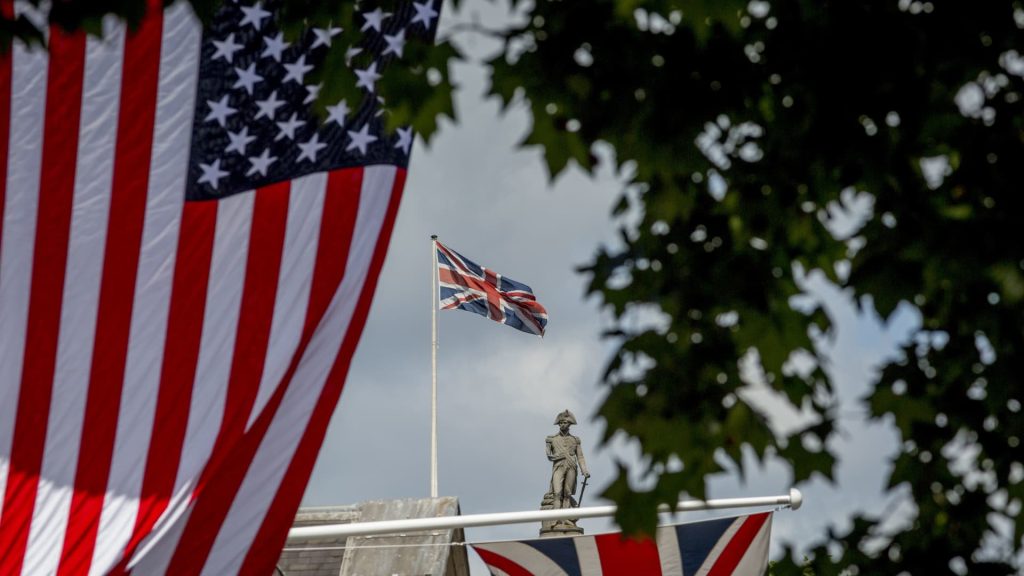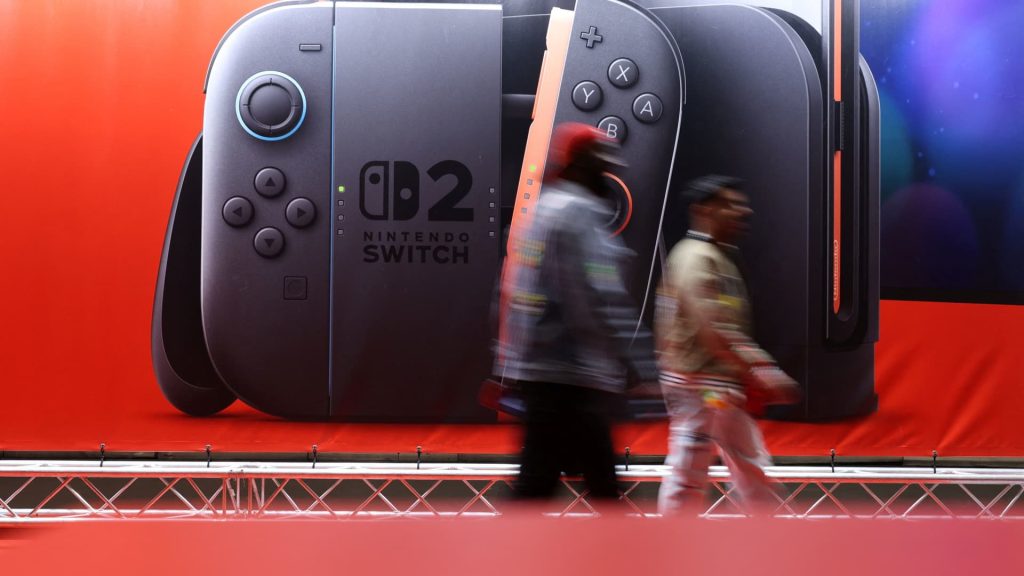Now Reading: Cardinals To Begin The Solemn And Secret Voting Ritual To Elect A New Pope
-
01
Cardinals To Begin The Solemn And Secret Voting Ritual To Elect A New Pope
Cardinals To Begin The Solemn And Secret Voting Ritual To Elect A New Pope

The conclave to elect a new pope began with 133 cardinals participating in the secretive ritual at the Vatican City. The cardinals, coming from 70 countries, entered the Sistine Chapel in pairs, singing hymns seeking guidance from the saints and the Holy Spirit. Cardinal Pietro Parolin, a leading candidate for the papacy, led the proceedings, emphasizing the importance of utmost secrecy during the election process.
The cardinals, disconnected from the outside world and representing a diverse range of countries, face the task of choosing a new leader for the 1.4 billion-member Catholic Church. The conclave initiated by the College of Cardinals includes younger members from less influential countries, introducing an element of uncertainty to the selection process.
Before the voting started, the cardinals attended a Mass in St. Peter’s Basilica, urging them to prioritize unity and seek a leader who can inspire moral and spiritual values in today’s society. The awe-inspiring setting of the Sistine Chapel serves as a reminder to the cardinals of the weighty responsibility they carry in choosing the next pope.
While the cardinals are expected to hold initial votes, the process might take several rounds before a new pope is elected. Lobbying efforts from various groups have been witnessed in Rome, with calls for the cardinals to consider the expectations of ordinary Catholics in their selection. The challenges facing the new pope include continuing the progressive legacy of Pope Francis or opting for a more conservative approach to unify a polarized church.
Several cardinals have been identified as potential candidates for the papacy, including Cardinal Pietro Parolin, Cardinal Luis Tagle from the Philippines, and Cardinal Peter Erdo from Hungary. The election of the 267th pope will have profound implications for the future direction of the Catholic Church.
For further coverage of the conclave, visit the Associated Press website.






